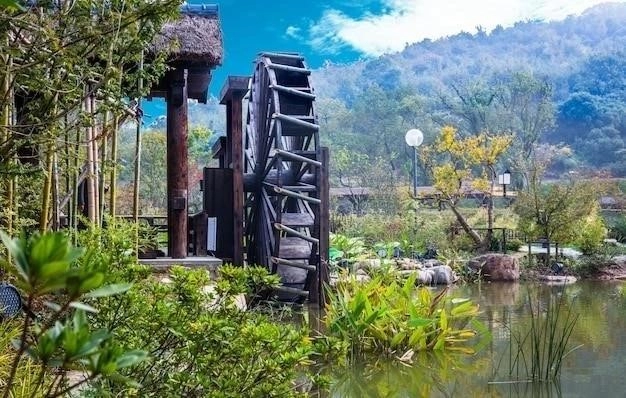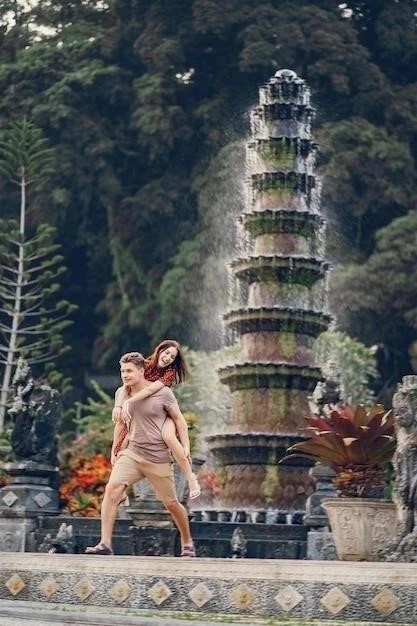Religious and Cultural Sites
Naypyidaw boasts impressive religious monuments, reflecting the country’s rich Buddhist heritage. The Uppatasanti Pagoda, a replica of the Shwedagon Pagoda in Yangon, stands as a prominent landmark. Its golden splendor and serene ambiance offer a glimpse into Myanmar’s spirituality.

Parks and Gardens
Naypyidaw’s meticulously planned layout incorporates expansive green spaces, providing tranquil escapes from the bustling city.
- Naypyidaw Water Fountain Garden: This captivating garden mesmerizes visitors with its dancing water fountains, illuminated displays, and serene walking paths. The highlight is the spectacular show of water jets synchronized to music and lights, creating a truly magical ambiance.
- National Herbal Park: Spanning a vast area, the National Herbal Park showcases Myanmar’s rich biodiversity and traditional medicinal practices. Stroll through themed gardens featuring a wide variety of herbs, plants, and flowers, each labeled with its medicinal properties.
- Uppatasanti Park: Adjacent to the Uppatasanti Pagoda, this sprawling park offers a serene escape amidst lush greenery. Take a leisurely walk or relax by the lake, enjoying panoramic views of the pagoda and its surroundings.
- Naypyidaw Zoological Gardens: Home to a diverse collection of animals, including elephants, tigers, and various bird species, the Naypyidaw Zoological Gardens provides a fun and educational outing for families. The spacious enclosures aim to replicate the animals’ natural habitats.
These parks and gardens offer respite from the urban landscape and provide opportunities for leisurely strolls, picnics, and moments of tranquility amidst nature’s embrace.

Museums and Galleries

Naypyidaw’s museums and galleries offer insights into Myanmar’s history, culture, and natural heritage.
- National Museum: Situated within the sprawling National Landmark Garden, the National Museum houses an extensive collection of artifacts and exhibits that chronicle Myanmar’s rich history, art, and culture. From ancient relics to contemporary artworks, the museum provides a comprehensive overview of the nation’s heritage.
- The Gem Museum: Myanmar, renowned for its precious gemstones, is aptly home to The Gem Museum in Naypyidaw. The museum showcases a dazzling array of gemstones, including rubies, sapphires, jade, and pearls, highlighting the country’s geological wealth.
- Defence Services Museum: This museum offers a glimpse into Myanmar’s military history, showcasing weaponry, uniforms, and exhibits related to the country’s armed forces. While it primarily focuses on military achievements, the museum also provides insights into Myanmar’s struggle for independence.
Whether exploring ancient artifacts, admiring precious gemstones, or delving into military history, Naypyidaw’s museums and galleries offer enriching experiences for visitors seeking to expand their knowledge and appreciation of Myanmar’s cultural heritage.

Modern Marvels
Naypyidaw stands as a testament to Myanmar’s ambitions, showcasing impressive modern marvels that reflect the country’s progress and architectural prowess.
- Uppatasanti Pagoda: While rooted in traditional Buddhist architecture, the Uppatasanti Pagoda’s grandeur and scale exemplify modern engineering and craftsmanship. Its towering height, gleaming golden stupa, and intricate details make it a true marvel of modern construction.
- Myanmar International Convention Center: This sprawling complex, with its futuristic design and state-of-the-art facilities, hosts international conferences, exhibitions, and events. Its impressive architecture and modern amenities make it a symbol of Myanmar’s growing presence on the global stage.
- Parliament Complex: Though access is restricted, the Parliament Complex’s imposing architecture is a sight to behold. Its grand facades, expansive grounds, and symbolic structures represent the aspirations of modern Myanmar.
- 20-Lane Highway: A testament to ambitious urban planning, Naypyidaw’s iconic 20-lane highway, though sparsely traveled, symbolizes the city’s grand vision and scale.
These modern marvels highlight Naypyidaw’s ambition to embrace progress while honoring its cultural heritage, showcasing the country’s emergence as a modern nation on the world stage.

Shopping and Entertainment
While Naypyidaw is still developing its entertainment and shopping scenes, the city offers emerging options for visitors seeking leisure activities.
- Junction Centre Naypyidaw: This modern shopping mall caters to both residents and visitors, offering a range of retail outlets, dining options, and entertainment facilities. From international brands to local boutiques, shoppers can find a variety of goods.
- Myoma Market: For a glimpse into local life, Myoma Market provides an authentic experience. Browse through stalls selling fresh produce, local handicrafts, clothing, and everyday necessities. The bustling atmosphere and variety of goods offer a taste of Naypyidaw’s local culture.
- Naypyidaw Golf Course: Golf enthusiasts can enjoy a round at the Naypyidaw Golf Course, a meticulously maintained 18-hole course offering challenging play amidst scenic surroundings. The course welcomes players of all skill levels.
- Hotels with Recreational Facilities: Several hotels in Naypyidaw offer recreational facilities such as swimming pools, spas, and fitness centers, providing guests with opportunities for relaxation and leisure activities within their accommodations.
As Naypyidaw continues to grow, its shopping and entertainment options are expected to expand, offering visitors a wider range of choices for leisure and recreation.

Wildlife and Nature
While Naypyidaw is a planned city, its surrounding areas offer glimpses of Myanmar’s natural beauty and opportunities to connect with wildlife.
- Naypyidaw Zoological Gardens: Beyond its role as a recreational park, the Naypyidaw Zoological Gardens plays a crucial role in conservation efforts. It provides a sanctuary for endangered species native to Myanmar, such as the Burmese python and the Eld’s deer, contributing to their protection and preservation.
- National Herbal Park: In addition to showcasing medicinal plants, the National Herbal Park serves as a research center for biodiversity conservation. Its diverse collection of flora provides valuable insights into Myanmar’s natural heritage and promotes the importance of preserving plant life.
- Rural Outskirts: Venturing beyond the city limits of Naypyidaw reveals scenic landscapes and rural communities where traditional ways of life persist. Explore the surrounding countryside to witness rice paddies, small villages, and the natural beauty that characterizes much of Myanmar.
While wildlife encounters within the city itself are limited, exploring the outskirts of Naypyidaw offers opportunities to appreciate Myanmar’s natural heritage and witness the country’s commitment to conservation.

Architecture and Landmarks
Naypyidaw’s skyline is a striking blend of traditional Buddhist architecture and ambitious modern structures, reflecting the city’s unique character.
- Uppatasanti Pagoda: A prominent landmark and a masterpiece of modern Burmese Buddhist architecture, the Uppatasanti Pagoda stands as a beacon of faith and architectural splendor. Its towering golden stupa, intricate carvings, and serene surroundings make it a must-visit destination.
- Parliament Complex: Though access is restricted, the Parliament Complex’s imposing edifice dominates the cityscape. Its grand facades, expansive grounds, and symbolic architecture embody the aspirations of modern Myanmar.
- Presidential Palace: The official residence of Myanmar’s president, the Presidential Palace, is a grand and imposing structure. Though not open to the public, its distinctive architecture and prominent location make it a notable landmark.
- Naypyidaw City Hall: Reflecting a blend of traditional and modern architectural styles, Naypyidaw City Hall stands as a symbol of the city’s administrative function. Its unique design and prominent location make it a notable landmark.
Exploring these architectural landmarks provides insights into Naypyidaw’s blend of tradition and modernity, showcasing the city’s aspirations as a modern capital while honoring its cultural heritage.










